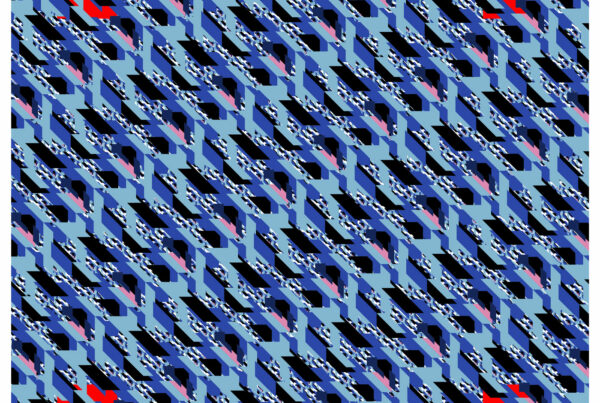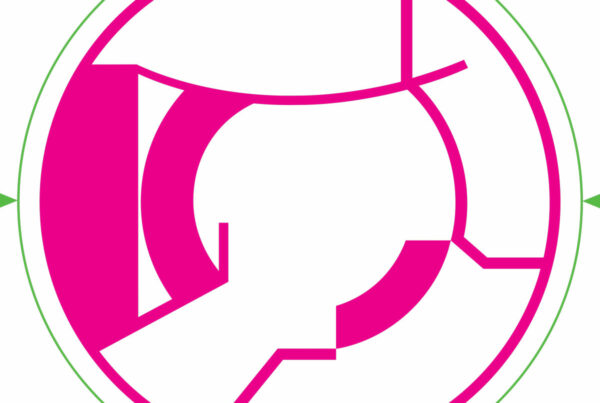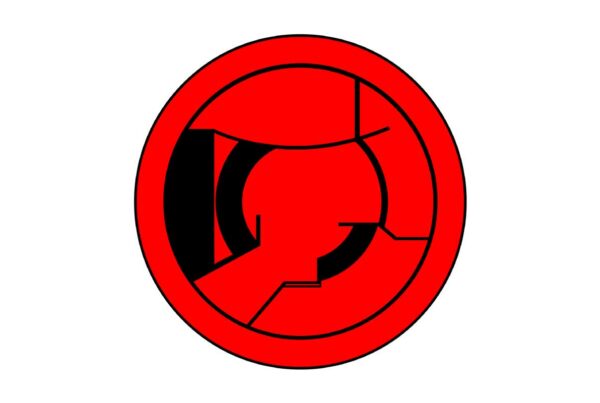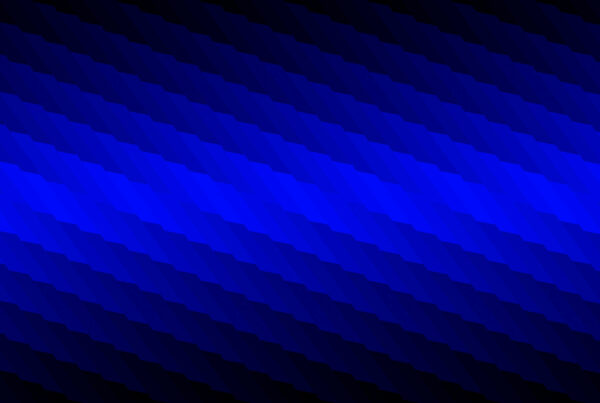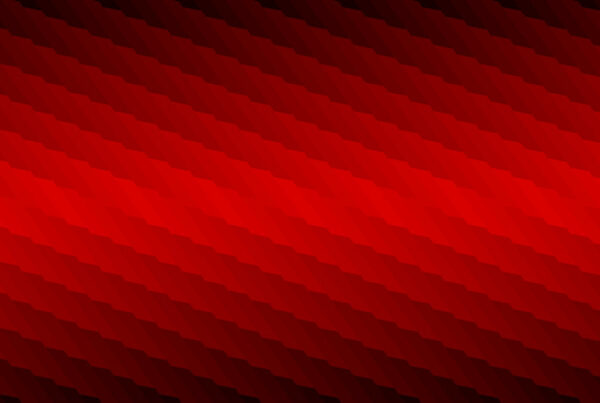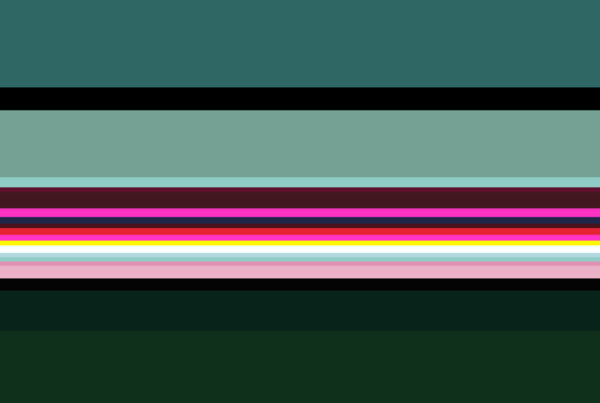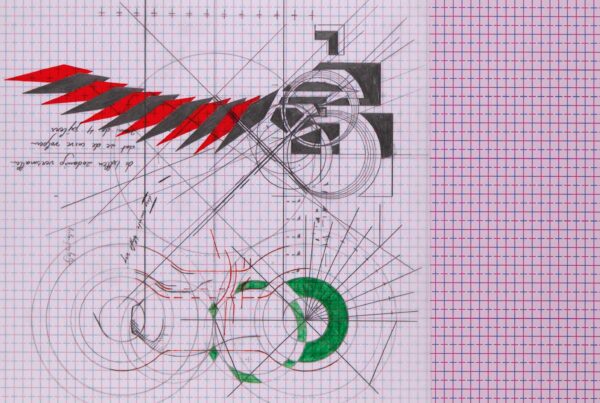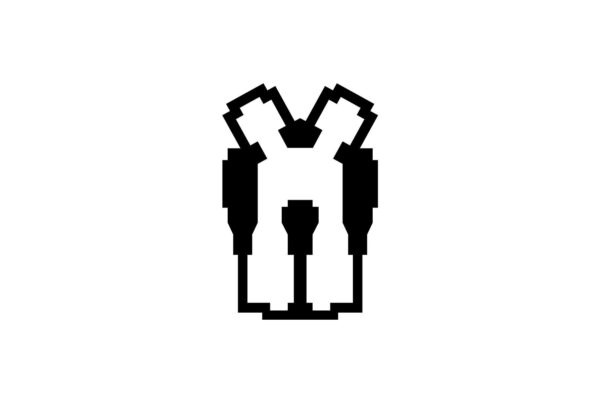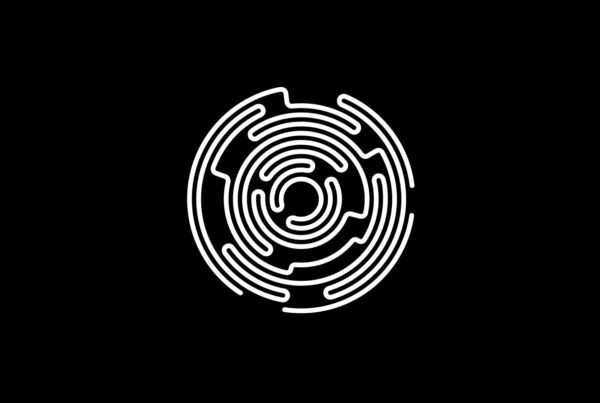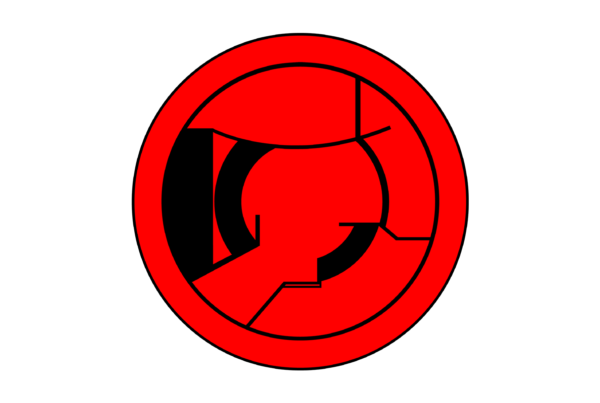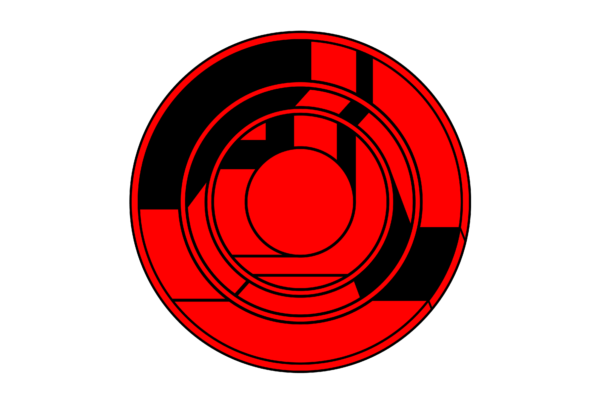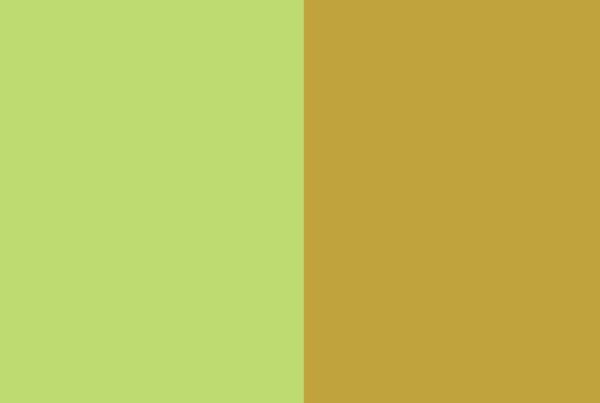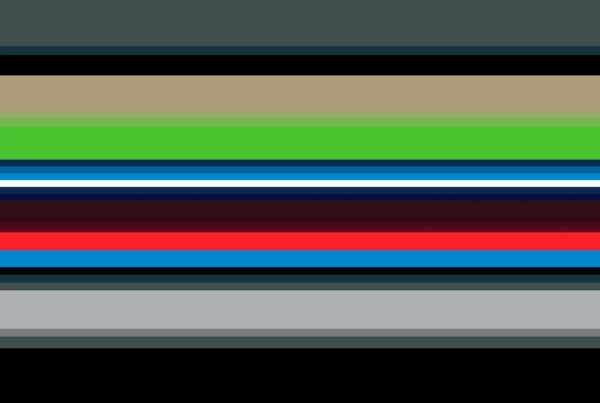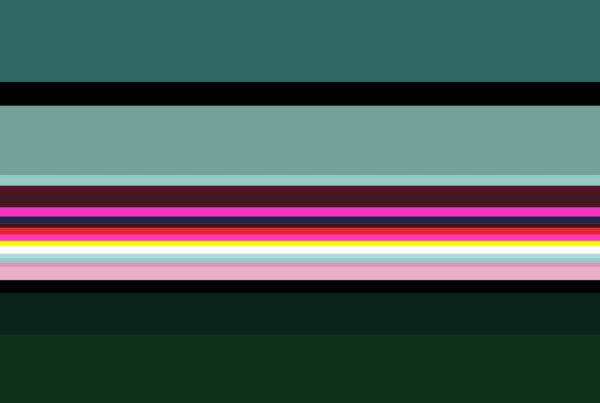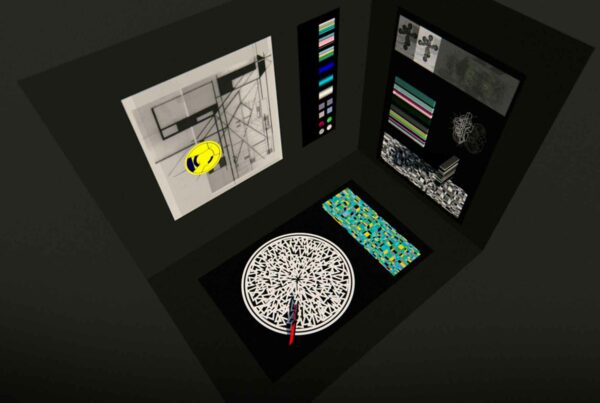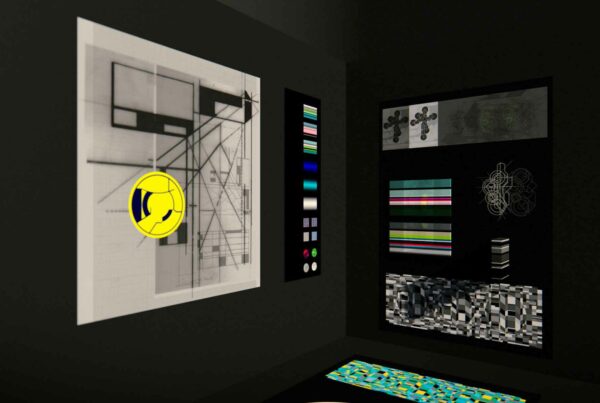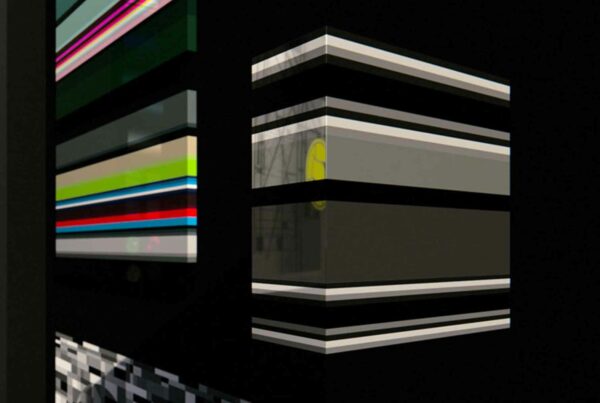ENVELOPPE 2020
Boy & Erik Stappaerts
invites
Alex Zimmermann
22.1 – 13.3.2021
Opening Saturday 13-2-2021 13 – 18u.
InSight – A Studio Window by Wendy Krochmal
Lange Herentalsestraat 29 2018 Antwerp
Who is Alex Zimmermann?
For this installation BES has invited the creative proto-participant
Alex Zimmermann.
He uses the ‘Objects & Backgrounds’ Interactive Platform
to portray, depict, characterize and represent himself through
images, signs, titles and labels.
Alex Zimmermann ‘talks’ about the current context;
corona, desire, riots, death,
death of immigrants, dance and ceremony,
social housing vs luxury,
positive new social constellations – groups,
circular paintings.
Alex Zimmermann as a protagonist of the arts,
the art of contemporary times,
contemporary times form the context.
The visitor becomes the participant.
Pentagronium
Pentagronium / Databank Objects & Backgrounds
Category: Interactive Drawings
Date: 2009
Medium: Digital 3D Video
Project
In the database Research Drawings, Objects & Backgrounds are collected.
‘Objects’ are anecdotical representations; symbols, labels, titles.
‘Backgrounds’ are different kinds of
contexts and reference frames.
3D Preview Urban Intervention Window Enveloppe 2020
Category: Interactive Drawings
Date: 2020
Medium: Digital 3D
3D Preview
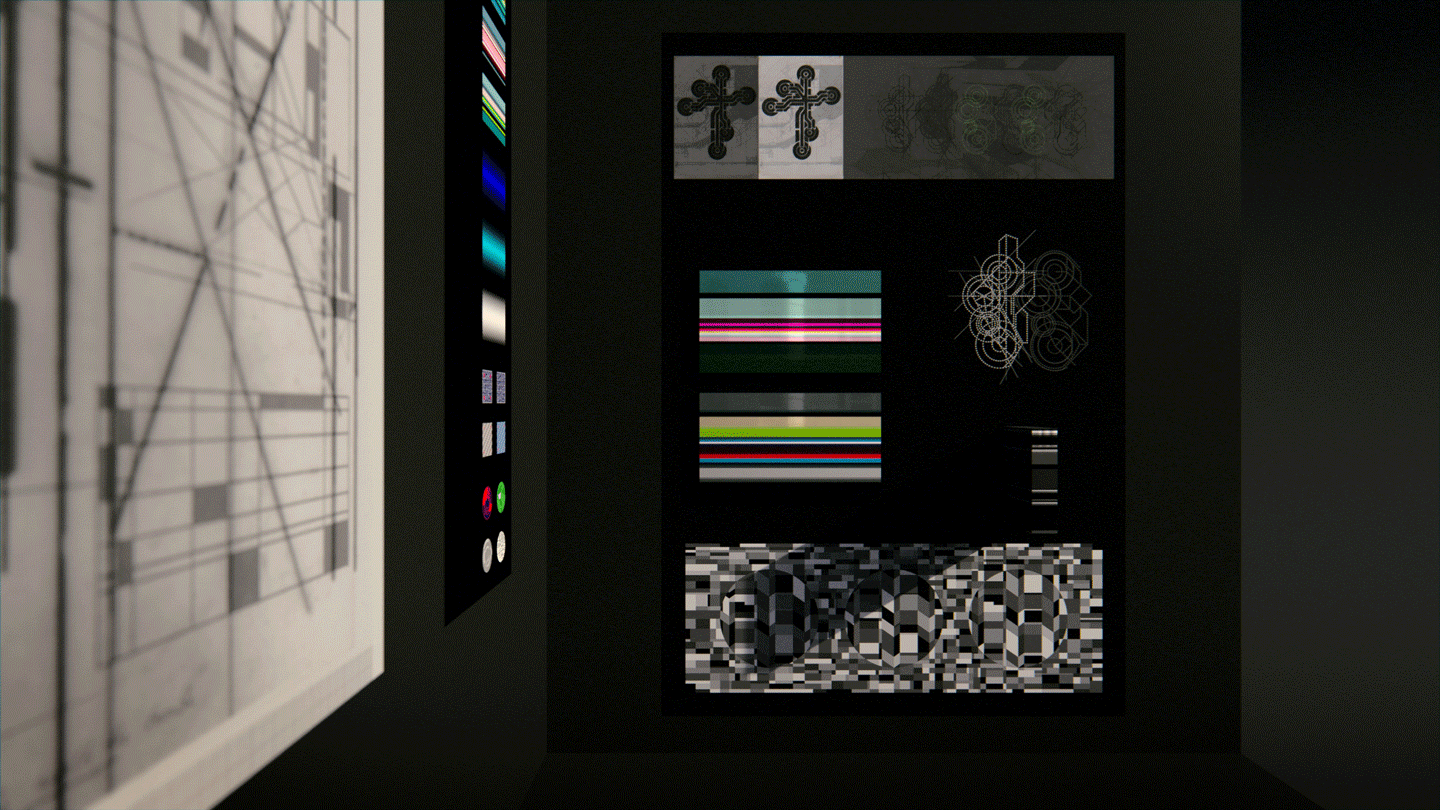
Future
Boy & Erik would like the Pentagronium and its
‘Objects & Backgrounds’ to be used by a larger and real public in the way
Alex Zimmermann has done in this installation.
People could then make their own selection, mix and match according to their context and even have the results be made into wall elements, curtains, carpets and other consumer goods.
A perfect starting point for this experiment, the culture of communication of this tool, who enables everyone to label their emotional position would be in a school, each participant collects his new drawings in a daily diary.
Idealistically Boy & Erik sees the Pentagronium as a liberal tool
within reach of everyone.
Simulation BES Institute Database Cloud
On View
2 Circular Paintings (44 x 44 x 3 cm) laquer on aluminium
2 computer screens on the floor with video of the color system
2 Conflict Paintings (62,2 x 35 x 2 cm) laquer on aluminium
3 large prints (floor and walls) these are an interface of the Pentagronium
1 black Battery (33 x 26 x 8 cm) laquer on aluminium
Color Labo System
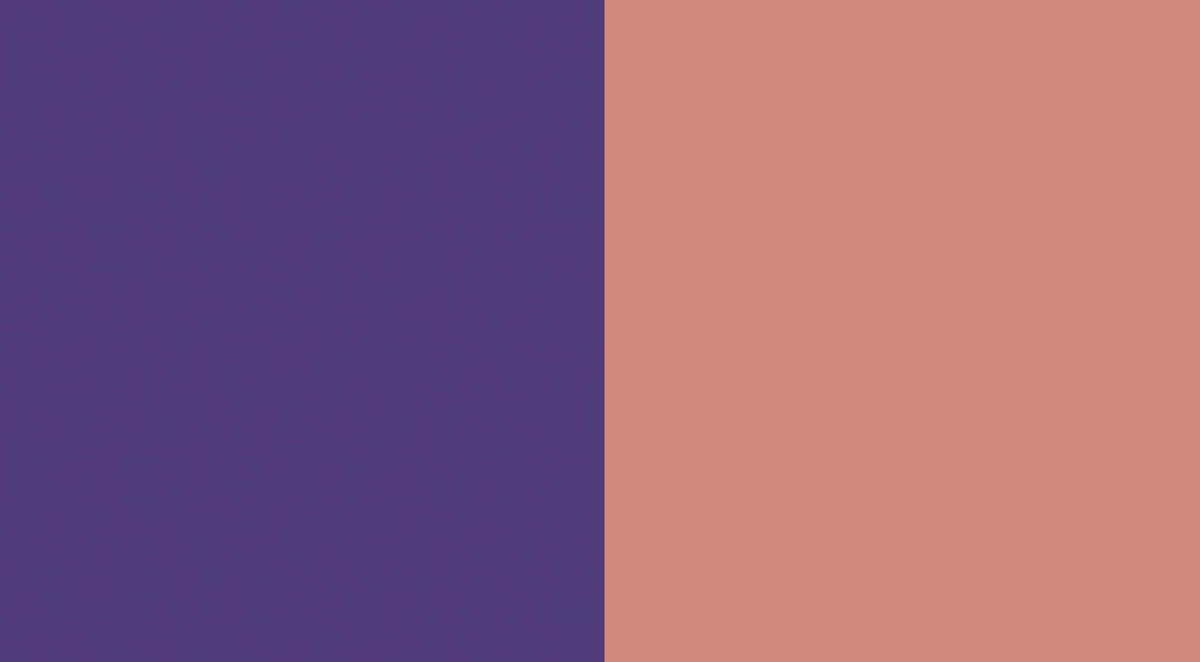
It is a matter of looking into it to be kaleidoscopically stimulated and to play the game of colors.
The innovation lies in the paradigm shift.
Who’s Afraid of Red, Yellow and Blue?
In nature there is only one dominant color: Green.
Interface Pentagronium / Databank Objects & Backgrounds
Category: Interactive Drawings
Date: 2009
Medium: Digital
161 × 48 × 1,5 cm / 62 × 35 × 2 cm
Interface Pentagronium
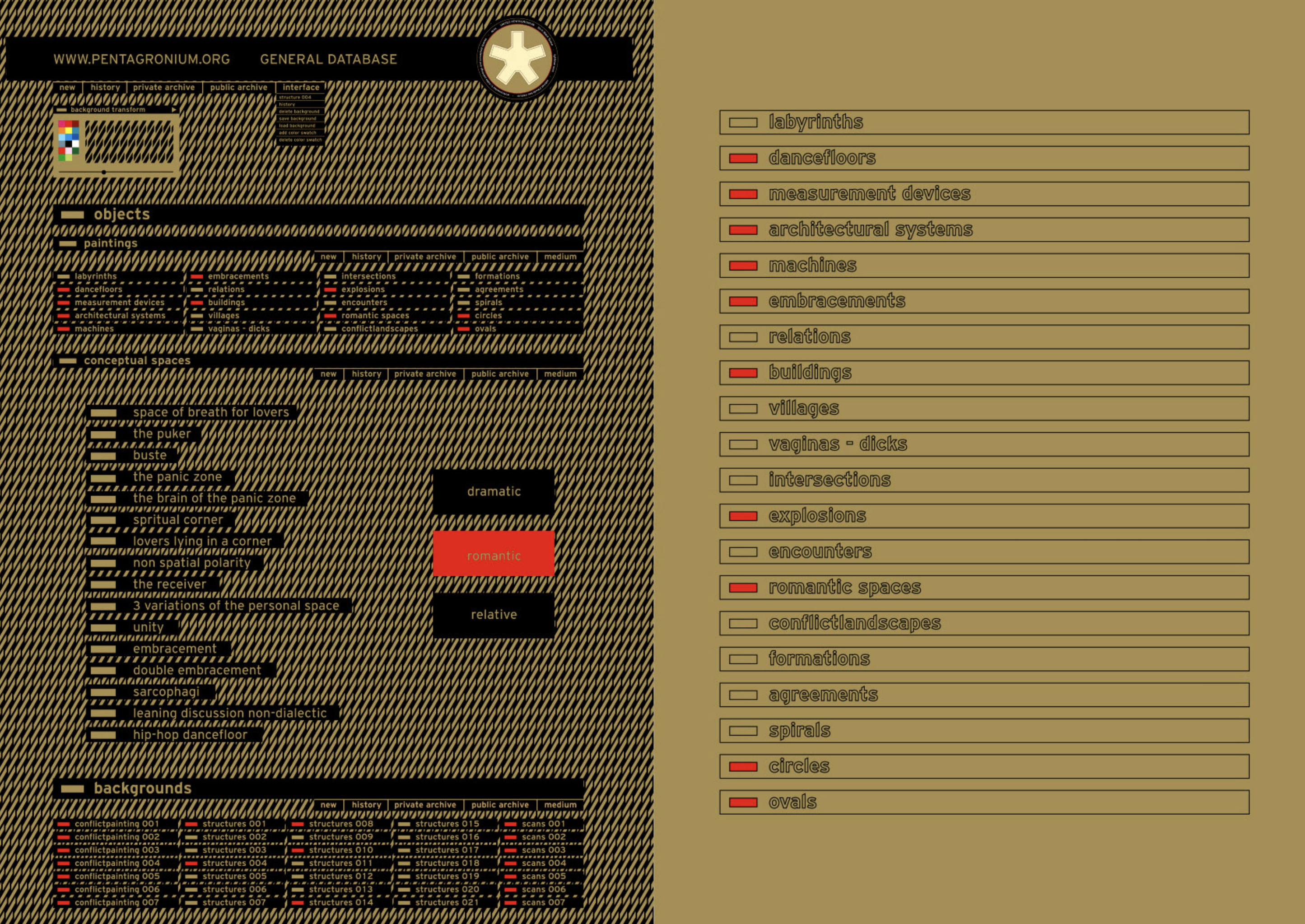
Concept
BES Institute and Pentagronium (or Collections and Databases) by Adriaan Gonnissen.
The activation of persons takes place via one of the basic structures of the BES Institute, in particular the conceptual drawing program Objects and Backgrounds that is housed in a green, pentagonal grass bunker named Pentagronium.
Objects and Backgrounds. The disconnection of the “object” and its “background” or “context” consists of two key aspects. On the one hand it is artistic in nature. The impact of BES on aesthetic or identical experience must become irrelevant. BES ’artistic output: boundary posts, batteries, Conflict, Polarization, Noise Paintings and other sculptures, are vectorally converted in the interactive platform and made ‘ready for use’ for the visitor. Art undergoes a process of democratization by acting as a virtual background. From that moment there is no more artistic control, only social interaction.
The visitor chooses one or more backgrounds that he / she / x can adjust in color and transparency. This switch from visitor to participant is the second, “sociological” disconnection of object and context. The object undergoes an important subjectification and becomes de facto a method for conducting self-research and development.
The participant thereby labels himself – pick and choose – and clicks according to his state of mind or emotional household of the moment for example on basic categories such as ‘Dramatic’, ‘Romantic’ or ‘Relative’ and within the group ‘conceptual spaces’ for example clicks on subcategories such as ‘Space of breath for lovers’,’ The puker ‘,’ The Panic Zone ‘,’ Embracement ‘,’ Hip-hop dancefloor ‘and build on this on the basis of offered lemmata such as’ labyrinths’,’ machines’, ‘buildings ‘,’ vaginas-dicks’, ‘circles’ or’ ovals’ etc.
The user creates his own psychological profile using graphics. He / she / x can transmit the always temporary results – after all, the creation of “self-images” and function as a diary – to themselves and / or the “Pentagronium community”, the diversified community of user profiles. In that sense, the community is a social medium with an inherent socio-critical message.
The drawing program is intended as an “open platform”, an interactive database to which everyone can add elements. The database itself thus becomes an artistic, multi-identical and common medium that connects people. Personal expression is not spoken, but seen.
The art of BES is able to thoroughly accentuate and recalibrate an environment and an individual’s life.
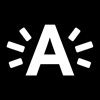
tekst (nl)
Press File >
The Pentagronium: Objects & Backgrounds Interactive Platform
Enveloppe 2020, by Boy & Erik & Stappaerts (BES)
In een vitrinegalerie in de Lange Herentalsestraat in Antwerpen bouwt beeldend kunstenaar Boy & Erik Stappaerts (BES) een omvattende 3d-interface op waarmee hij in de eerste plaats een dwarsdoorsnede zichtbaar maakt van het oeuvre dat hij de voorbije decennia heeft ontwikkeld. Met de kenmerkende composities van vlakke en sculpturale elementen die, soms uitgesproken handmatig vervaardigd, dan weer verwijzend naar industriële processen, staan voor geabstraheerde interpretaties van de maatschappelijke gesteldheid waarin we ons samen bevinden. De tekeningen en de inktjet-prints, de met glanzende autolak behandelde ‘batterij’ in uitgesproken kleuren of het spierwitte lasercut motief dat zich van de donkere tegelvloer lijkt af te zetten: het zijn stuk voor stuk beeldende bespiegelingen over de intermenselijke dynamieken en de vaak onbewuste processen die ons samenleven typeren. Benoemd als o.m. ‘Analytical Paintings’ ontleden de werken de sociale conflicten en de polarisaties of zoeken ze als ‘Noise Paintings’ toenadering tot de onbevattelijke veelheid van wat ons omringt.
De glaspartij aan de straatkant geldt daarbij tegelijk als een grens en een dubbelzijdige ‘overlay’. Een transparante wand die ongelimiteerd toestaat om de werken in hun quasi-openbaarheid te bekijken en te bevragen maar bovenal de ontmoeting symboliseert tussen enerzijds de beschouwende dimensie van de kunstenaar en anderzijds het publiek op de stoep dat zich ontegensprekelijk in die door hem beschouwde werkelijkheid bevindt. De woorden en de zinnen die in geplotte stickers op het venster zijn gemonteerd – evenveel aan- als afwezig – worden als zodanig het scenario voor een dialoog tussen de kijker en de kunstenaar, in een nieuw jargon (‘sociolect’) waarmee het publiek wordt aangespoord om zowel zichzelf als wat ze achter het glas aantreft betekenis te geven. Hoewel die tekst nooit een eenduidig gesprek vooropstelt, laat staan een bindende toelichting wordt. De woorden en zinnen zijn veeleer suggesties, zelfs provocaties, die de kijker aan het denken zetten en daarenboven een relatie aangaan met de context waarin het werk zich bevindt: een grootstedelijke buurt met een superdivers karakter waarin de voornoemde intermenselijke dynamieken evenveel worden verrijkt als uitgedaagd.
Who is Alex Zimmermann?
Maar wie is Alex Zimmerman? Het is een vraag die zich opdringt bij het bekijken van deze vitrine-tentoonstelling, er zelfs letterlijk wordt aangeboden. De mysterieuze m/v/x die als ‘proto-participant’ wordt uitgenodigd maar voorts onbenoemd blijft; een gast die evenveel u als ik zou kunnen zijn of geen van ons beiden. Het is een geactualiseerde Elkerlijc – een gender-neutrale ‘Every(wo)man’ – waarmee Boy & Erik Stappaerts een nieuw, participatief aspect introduceert dat zich steeds nadrukkelijker aan zijn artistieke praktijk opdringt. Want wie de QR-code op het venster scant zal op termijn toegang krijgen tot een interactieve ruimte (‘cloud’) waarin men als gebruiker (‘user’) de volumes, de tekeningen en de paintings – de ‘Objects and Backgrounds’ uit de titel – niet alleen zal kunnen consulteren maar evengoed zal kunnen verwerken en integreren in eigenhandig gecomponeerde beelden die via een virtuele ‘drawing community’ weer verder kunnen worden uitgewisseld of waarmee we onze eigen (online) identiteit kunnen voeden en veruitwendigen.
Geconstrueerd als een ‘open platform’ verzamelt BES’ digitale ‘atelier’ nagenoeg alle werken die hij tot nog toe produceerde en zet ze om in vectoriële ‘tools’ waarmee de gebruiker zelf nieuwe, gepersonaliseerde composities kan genereren: gelaagde ‘zelfbeelden’ die haar, hun of zijn actuele of vooropgestelde hoedanigheid typeren. Zodat het als concept aansluit bij de verschillende sociale media die almaar exclusiever het kader vormen waarbinnen de individuele en collectieve expressie tot stand komt, maar evenzeer een commentaar inhoudt op de esthetisering daarvan en hoe het artistieke product er tot een onthecht gegeven verwordt dat via lichtvaardige processen van toe-eigening van zijn oorspronkelijke auteurschap wordt losgekoppeld. Maar desondanks (of net dankzij) die kritische insteek is het boven alles een optimistisch en constructief plan; een opzet dat, vanuit de huidige conditie met haar valkuilen en gebreken, een nieuwe community nastreeft van mensen die creativiteit en zelfreflectie omarmen en de beeldende kunsten terecht als een omgeving opvatten van waaruit ze de (toekomstige) wereld kunnen benaderen, evalueren en vormgeven. Waarbij dat laatste ook naar de letter mag worden beschouwd en de (dagboek)tekeningen die via het platform worden gecreëerd de inzet worden voor het personaliseren van (consumptie)goederen.
Boy & Erik Stappaerts (BES) studeerde aan Sint Lukas in Brussel en de Rijksacademie in Amsterdam. Zijn werk werd reeds getoond in diverse nationale en internationale tentoonstellingen, onder meer samengesteld door gerenommeerde curatoren als Johan Pas, Luc Thuymans, Nicola Setari en Christophe de Jaeger. Na vertegenwoordigingen door Aurel Scheibler Gallery Berlin, Marie-Puck Broodthaers en Galerie Ronny Van de Velde nam Boy & Erik Stappaerts het heft in eigen handen en richtte hij het BES Institute op, waarmee hij de promotie, productie en presentatie van zijn eigenzinnige oeuvre beheert en wereldkundig maakt. Zijn werk wordt gekenmerkt door een uitgesproken beeldtaal en concentreert zich op de toestand van een gediversifieerde, geglobaliseerde en gevirtualiseerde wereld. Het streeft een bewustwording na van hoe we daar als mens binnen (kunnen) gedijen en handelen, zowel ten opzichte van onszelf als de omni-presente ander.


